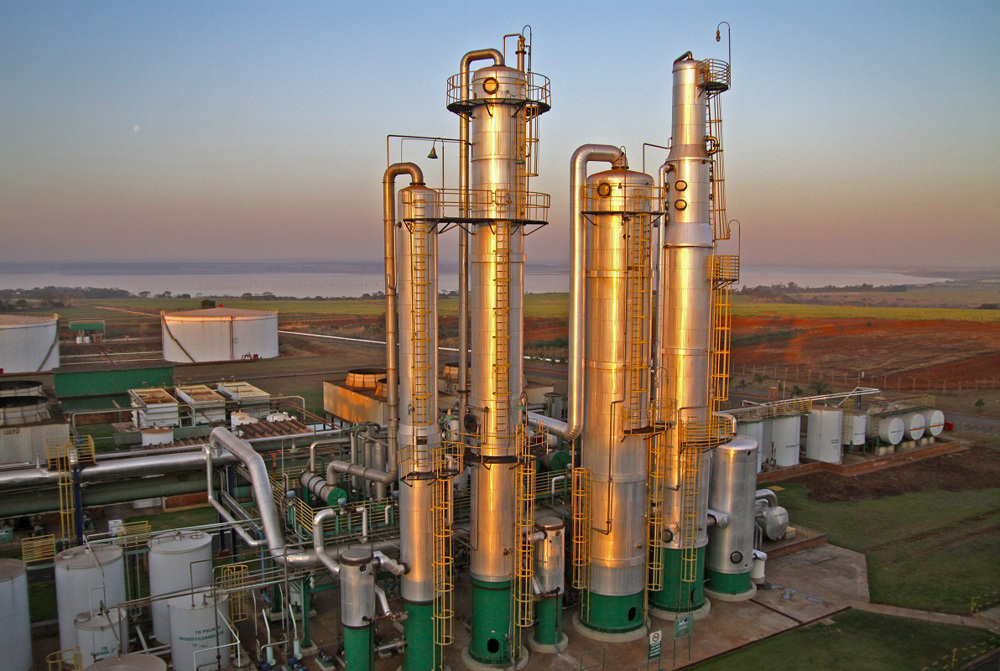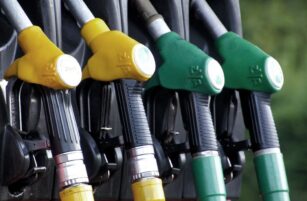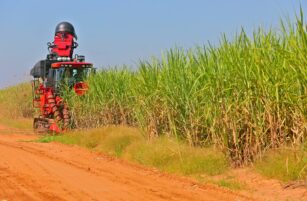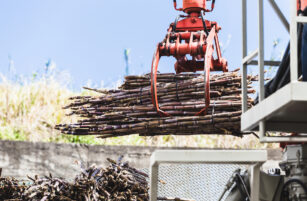This Insight was published on the 11th March in Portuguese.
- After almost two months withholding the increase in gasoline, Petrobras partially passed on the rise of international prices to the refineries.
- Gasoline prices at the refinery will be increased by 18.7%, reaching to R$3.86/litre.
- What does this mean for ethanol parity and sugar prices?
Close to International Parity
- In January, when Brent was at 85 USD/bbl, Petrobras made a full adjustment in gasoline prices.
- 57 days later, and with Brent oil 30% higher, the company made a new fuel price readjustment – but this time partially.
- As of the 11th March, the price of gasoline at the refineries will increase by 18.7% to R$3.86/liter.

- With this, the gap between the domestic and international gasoline prices reduces to less than 5%.
- Petrobras made the adjustment after seeking government authorisation and warning about a possible risk of fuel shortages – according to sources, there was a risk of running out of diesel as early as April.
- The company seeking government authorisation signals a reduction in decision-making autonomy amid high prices.
The Effects on Ethanol Prices
- The price increase at the refinery will be passed onto consumers at gas stations, giving space for ethanol to rise without losing competitiveness.
- This means ethanol (ex-mill) prices have potential to increase.

- Today, the ethanol parity is at 17.87 c/lb, since the price of ethanol (ex-mill) is around BRL 2.9/liter.
- With this revision, ethanol has the potential to reach a theoretical parity of 21/clb (No. 11 bases). – considering FX rate of 5.01 BRL/USD
But Why Theoretical Parity?
- Remember that for this to happen, hydrous prices must reach 3.45 BRL/litre.
- Today, the price is 2.92 BRL/liter (ex-mill) so an 18% increase is required.
- The last time Petrobras readjusted prices in January, ethanol at the mills didn’t move.
- On the contrary, even during the off-season and without fresh supply, biofuel prices fell in the following weeks.
- Hydrous prices are a reflection of the drop in demand and the high parity at pumps, which has averaged 73% since January.
- In January alone, there was a 9% retraction in fuel demand.
- In addition, the hydrous market share dropped to 21%, the lowest level since June 2017.

- But not everything is negative.
- With the rise in gasoline prices being passed on faster to the pumps, the parity has already dropped below 70% (average SP), which should start to encourage consumer migration back to ethanol.
- The movement of the Paulínia hydrous ethanol daily index was also positive, rising 4% to indicate that there should be an increase in the price asked by producers.
- But still, demand for hydrous needs to recover significantly for the theoretical parity to reach 21c, considering an FX rate at 5.01 BRL/USD.
The Political Risk Has Not Disappeared
- On the 10th March, the Gasoline Price Stabilization Account (CEP) was approved by the Senate, which changes Petrobras’ price policy in practice.
- The CEP seeks to reduce price fluctuations at gas stations.
- For the proposal to be implemented, it must still be approved by the house of representatives.
- The idea behind the CEP is to establish a price band which gasoline can vary – a maximum price and a minimum price will be defined.
- In short, it’s a mechanism to reduce the impact of price fluctuations that surges in the international market to be passed on to the national market.

- This means that if the proposal is approved, a hike in the international prices will not be fully reflected domestically.
- We therefore see a limit on the upside for ethanol prices.
Concluding Thoughts
- For now, the gasoline price readjustment will be passed onto the consumer.
- And this is positive for the ethanol market, as it allows the price to rise without impacting parity at the pumps.
- However, we need to be aware of other variables that may affect the reaction of biofuel prices.
- The 2022/23 crop starts now in April, bringing a fresh supply to the market.
- Also, how will demand behave? Will it rise enough to be a price catalyst in the upcoming months?

- If ethanol reaches the theoretical parity of 21c, the No.11 would have to be above this level to prevent a production mix switch in the mills.

Other Insights That May Be of Interest…
Other Insights That May Be of Interest…












